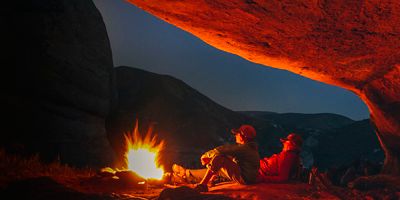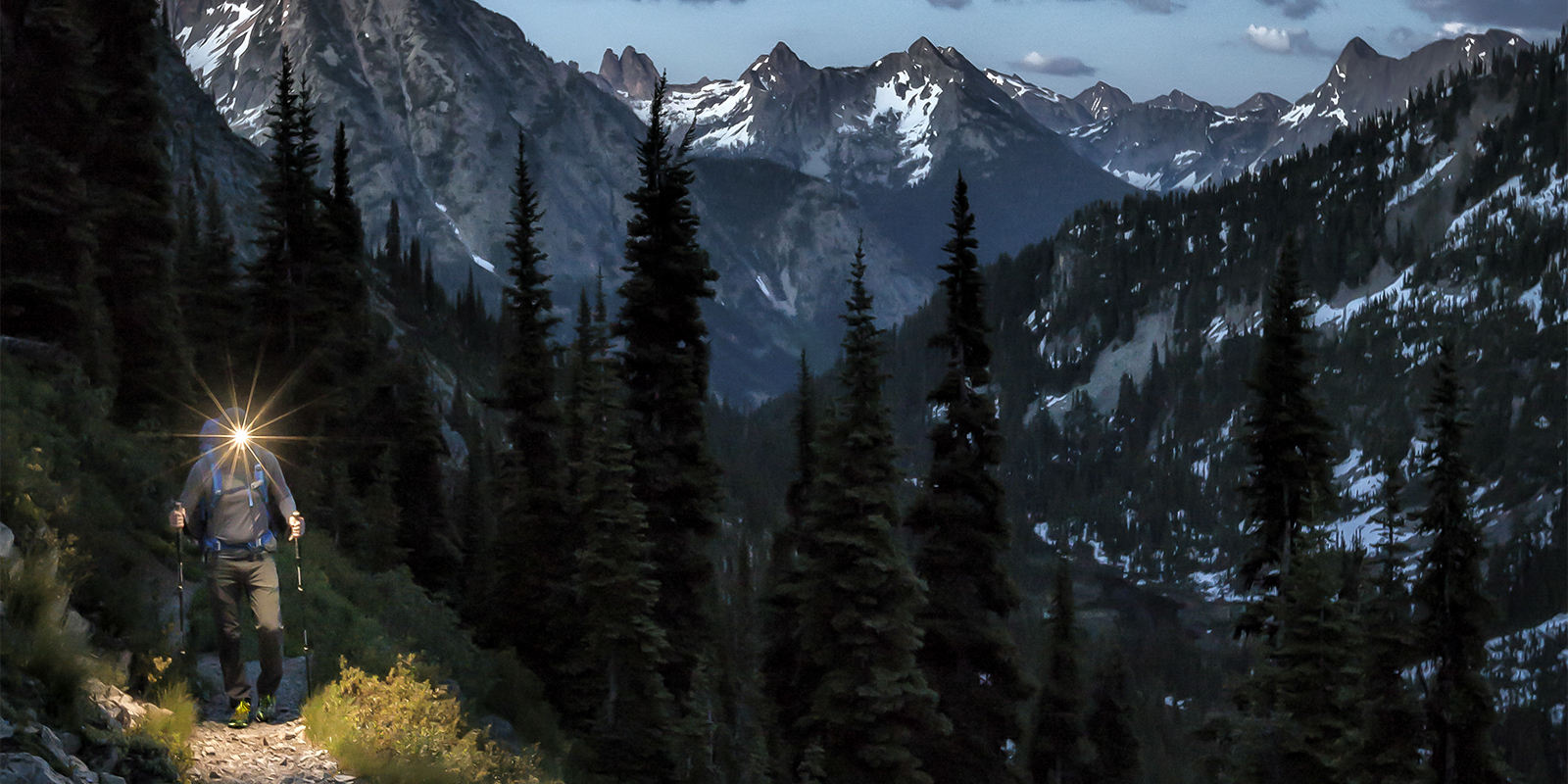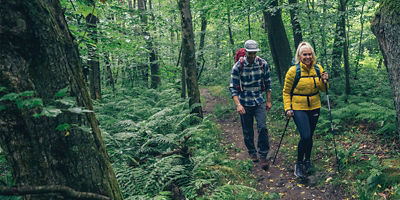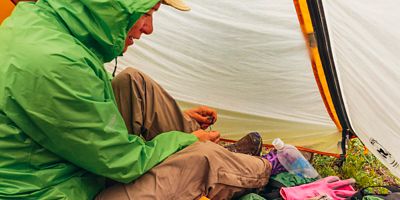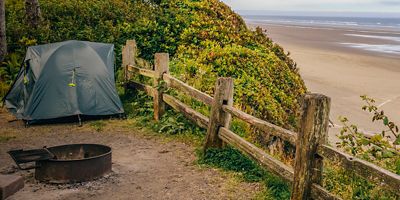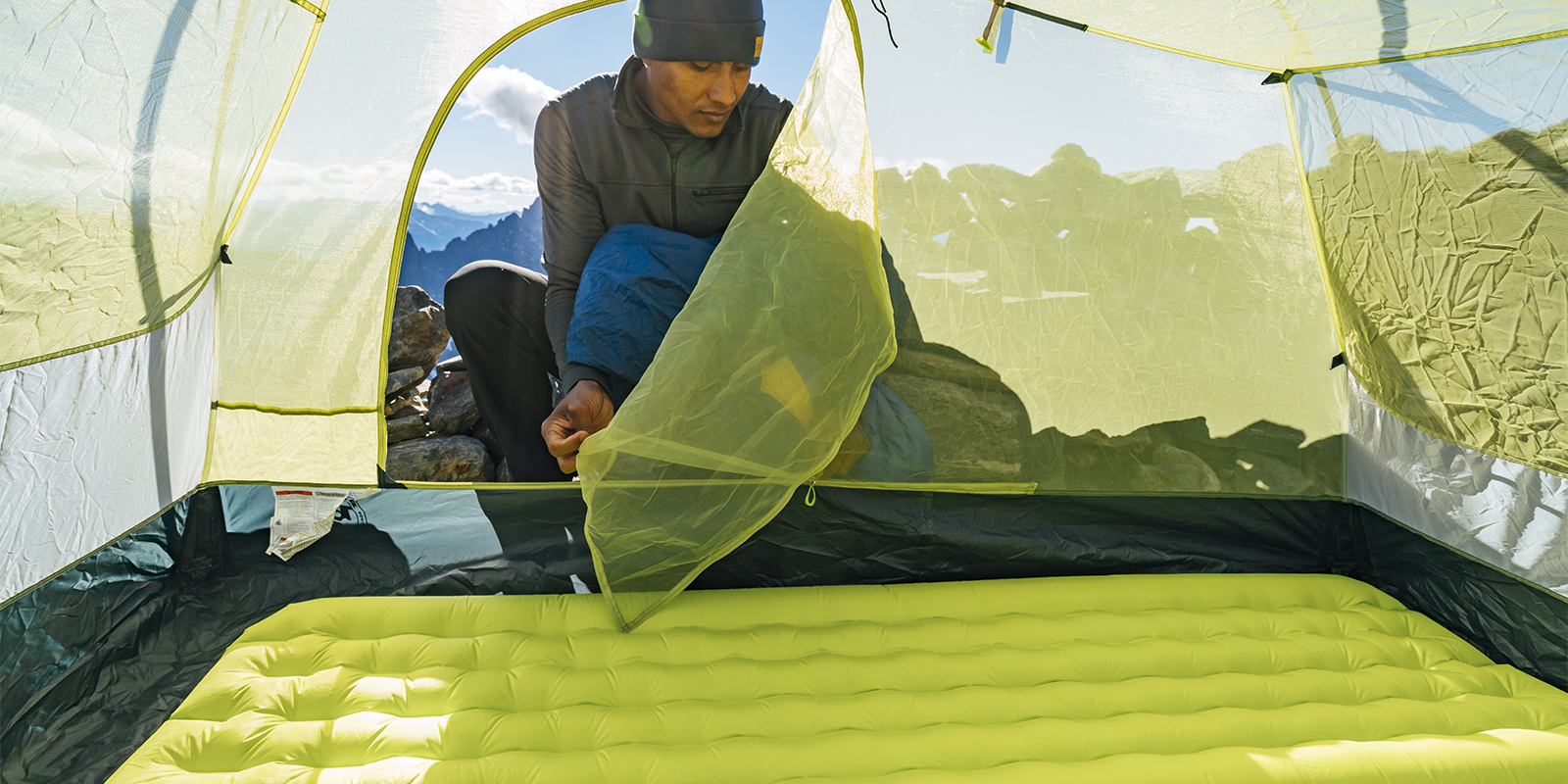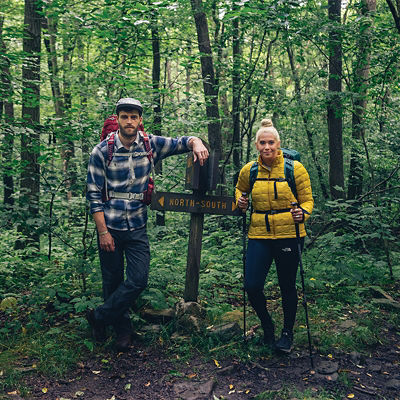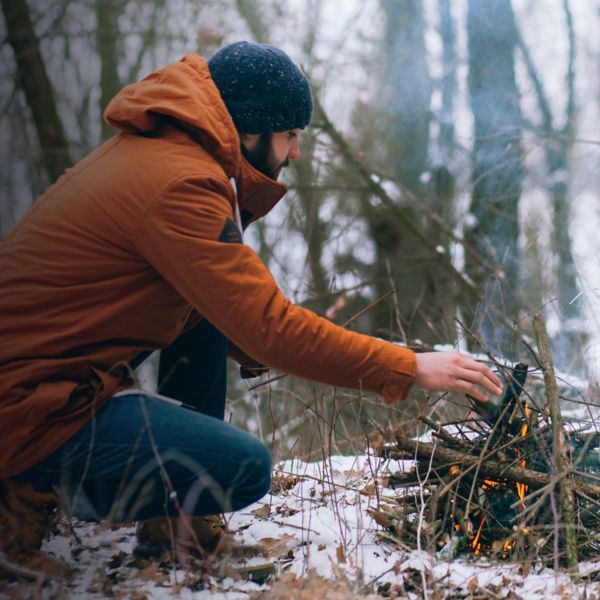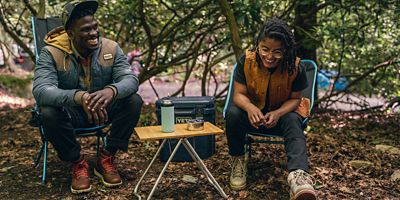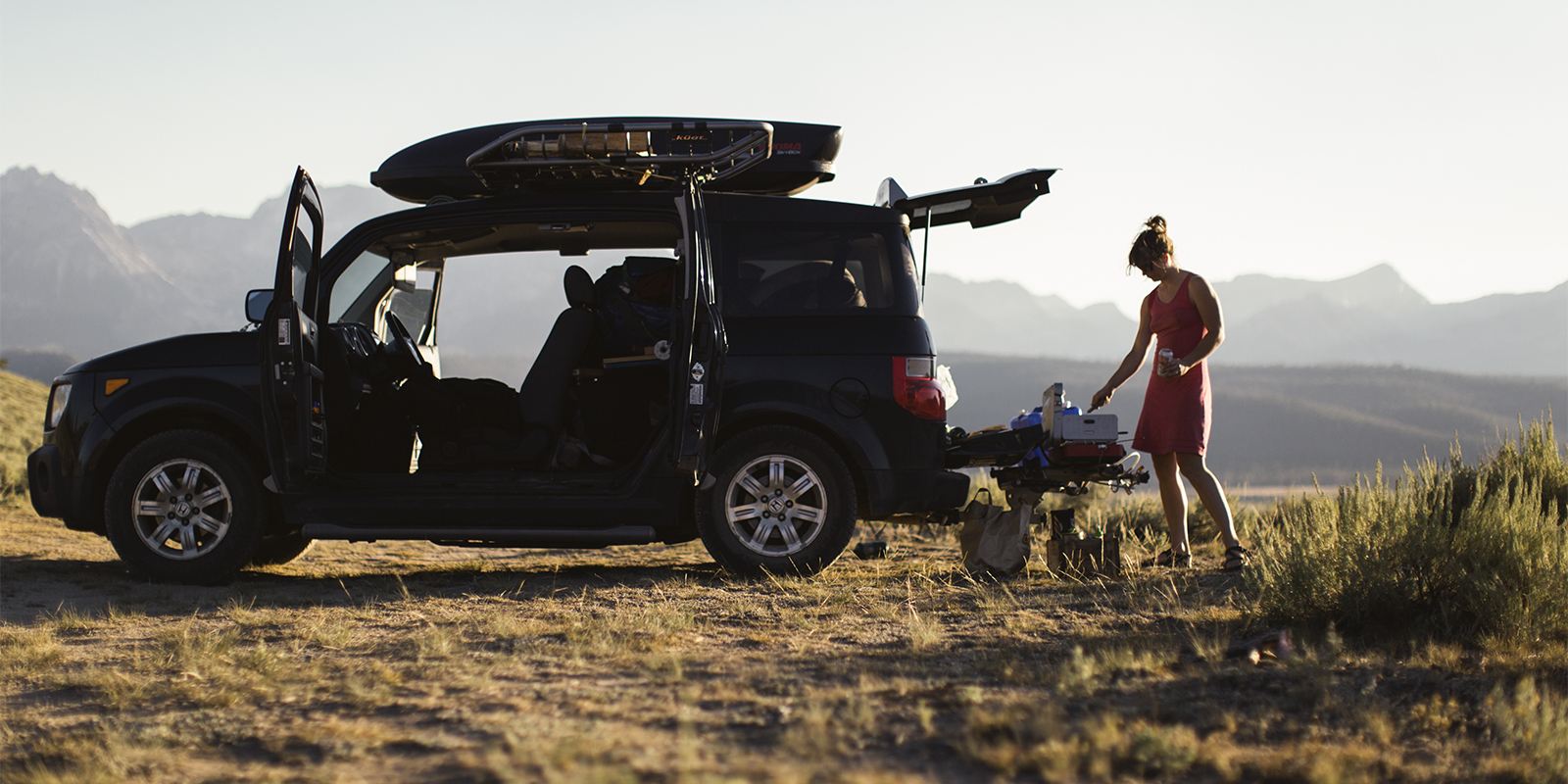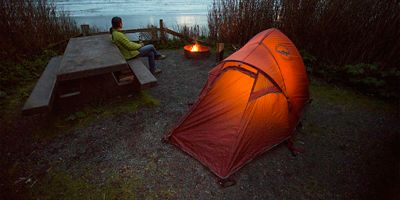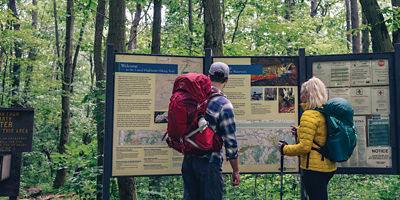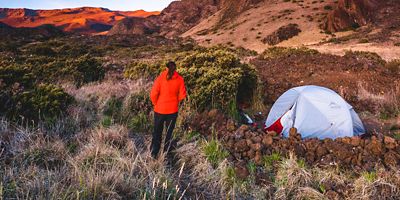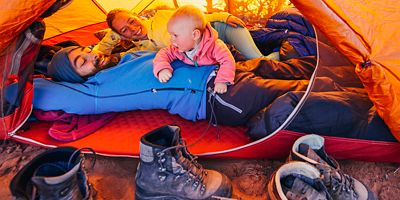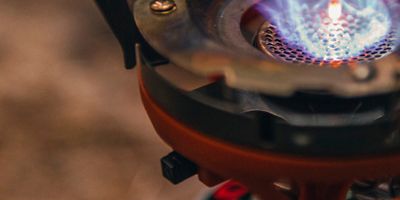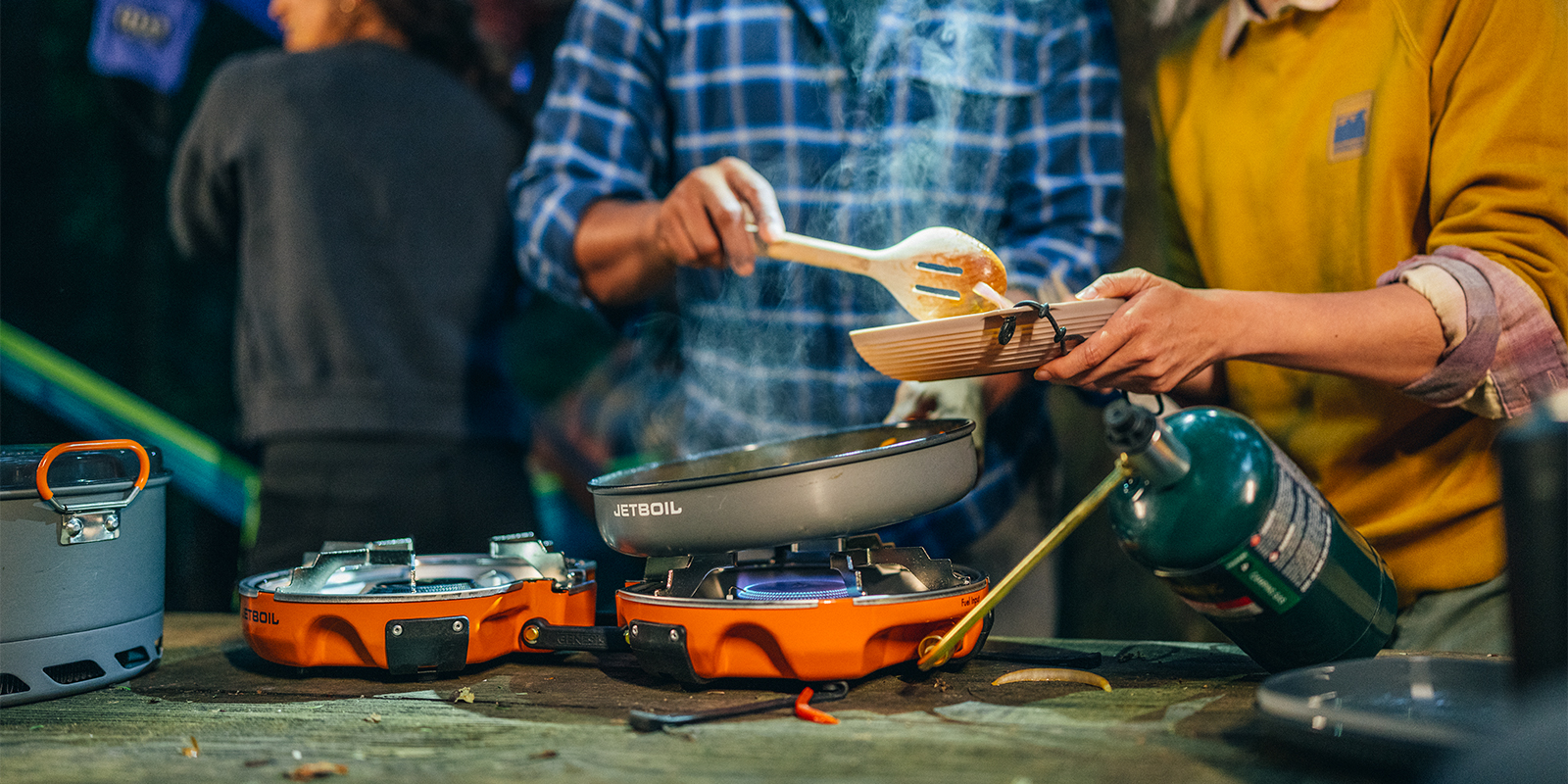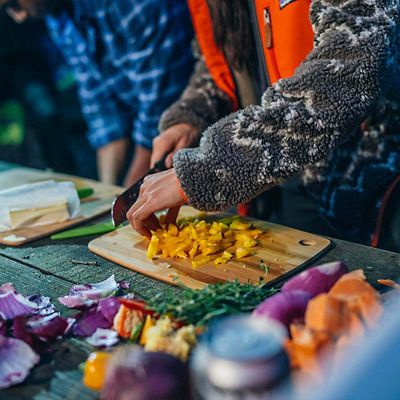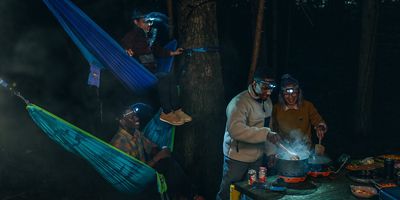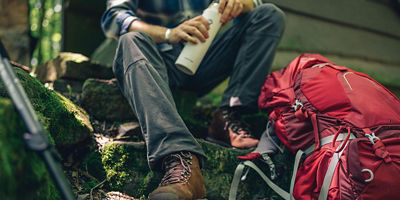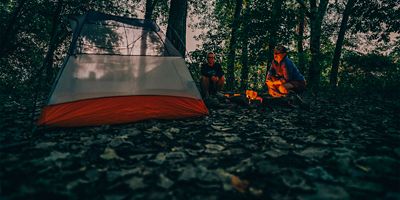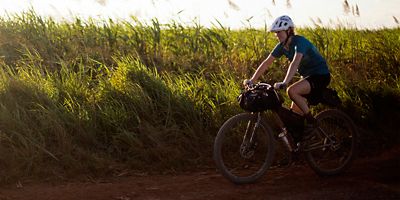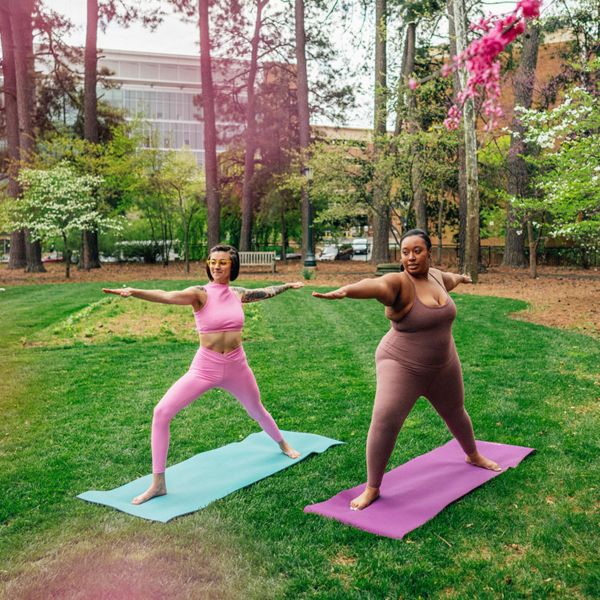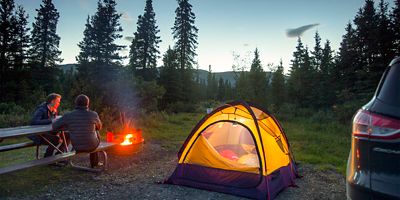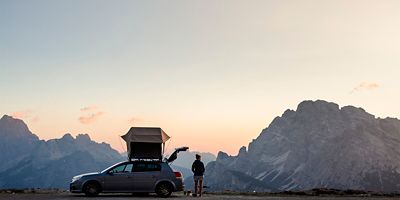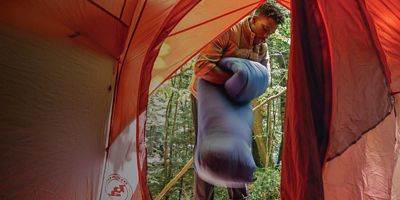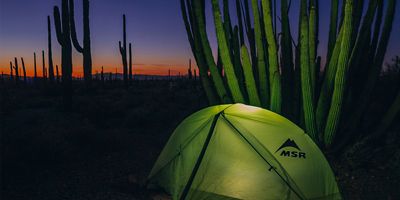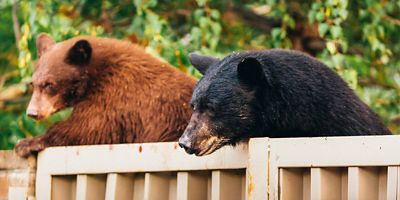
Virginia has one of the highest rates of deer-vehicle collisions of any state in the U.S. In fact, the Virginia Department of Transportation reported a whopping 61,000 collisions in 2016 alone. That’s a massive problem. After all, vehicle collisions aren’t just deadly for deer. They frequently total cars and injure drivers, and they cost the state, insurance agencies, and individuals millions of dollars per year.
The issue, explains Courtney Hayes—the habitat connectivity director for Charlottesville-based nonprofit Wild Virginia—is habitat fragmentation.
Wildlife habitat fragmentation is pretty much exactly what it sounds like: the division of habitats into lots of little chunks. At first blush, it might not sound like that big of a deal. After all, the average white-tailed deer only needs about 500 acres of land to roam happily for most of the year. Other kinds of wildlife—like foxes, salamanders, or raccoons—need even less. So, in theory, a few separate 500-acre chunks of forest should be more than adequate to support a wildlife population, right?
Not quite, says Hayes.
“During the mating season,” she explains, “animals have to be able to travel outside of their normal range to find genetically diverse mates.” When a forest is carved up by roads, walls, or other human developments, wild animals remain stuck in their little pockets of green space, forced to interbreed. That can weaken a wildlife population, making it less resilient against disease and other threats. “The more we cut them off from each other, the more susceptible they’ll be to our changing climate,” Hayes says.
The other issue is that wildlife naturally try to escape their fragments, crossing roads in their search for mates. In fact, white-tailed deer expand their territory to more than 800 acres during the rut, or the fall mating season. That increased range is one of the reasons that fall usually coincides with spikes in deadly vehicle collisions.



